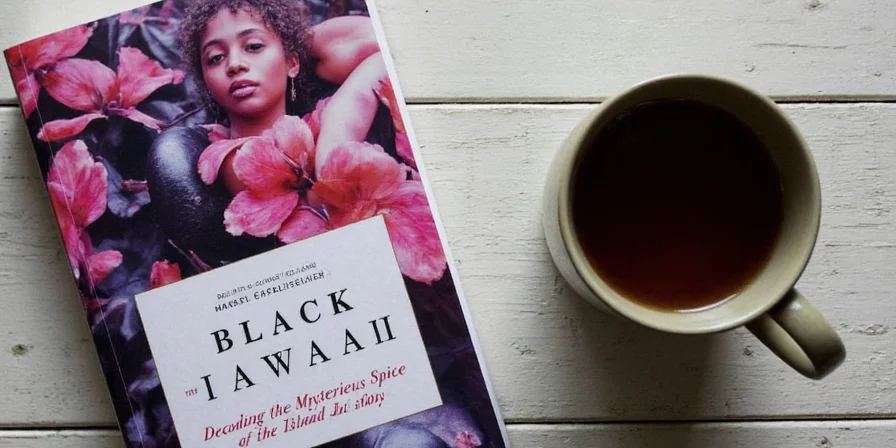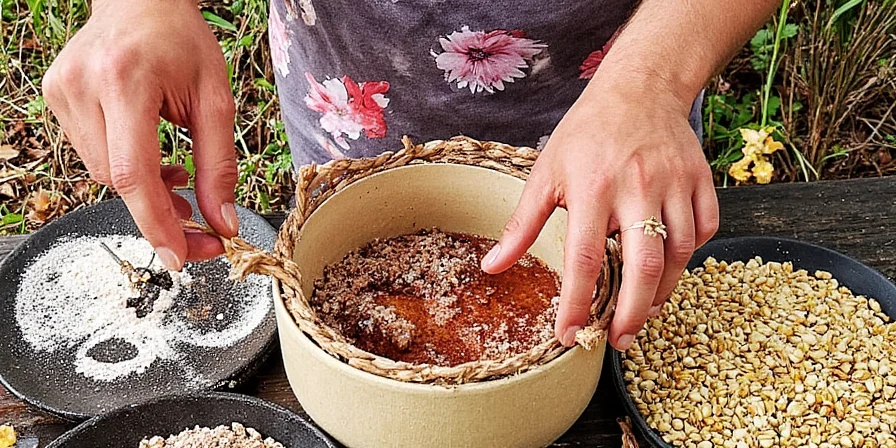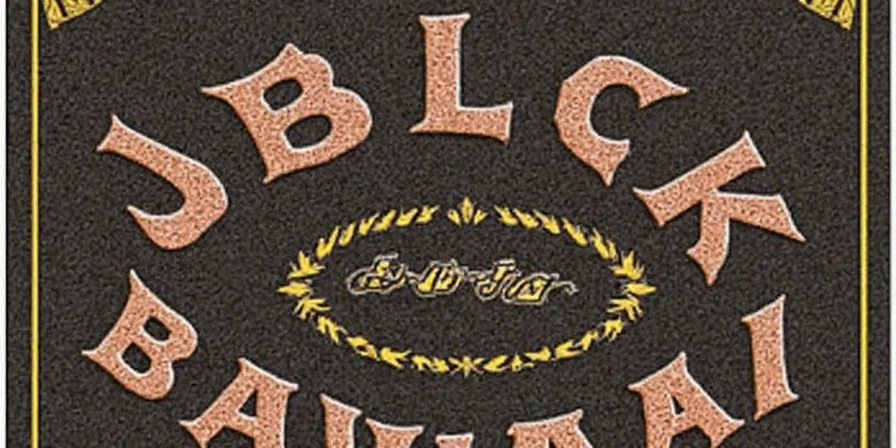Table of Contents
- What "Black in Hawaiian" Really Means
- The Truth About Hawaiian "Black Spices"
- Authentic Hawaiian Seasonings You Should Know
- 5 Practical Applications of Genuine Island Flavors
- Traditional Flavor Pairings That Work
- How to Identify Authentic Hawaiian Seasonings
- Traditional Hawaiian Cooking Techniques
- Conclusion
- Frequently Asked Questions
What "Black in Hawaiian" Really Means
There is no authentic "black spice" in traditional Hawaiian cuisine. This misconception stems from modern marketing of products like Hawaiian black salt (sea salt with activated charcoal), misinterpretations of charred cooking techniques, and linguistic confusion. If you're searching for "black in Hawaiian" spices, you're likely encountering misleading information that doesn't reflect genuine Hawaiian culinary traditions.

Authentic Hawaiian spice markets feature fresh ingredients, not mythical "black spices"
This article provides factual information about what Hawaiians actually use to season food, where the "black spice" myth originated, and how to cook with authentic island flavors. You'll learn the real seasonings that define Hawaiian cuisine and practical techniques you can apply in your kitchen today.
The Truth About Hawaiian "Black Spices"
Hawaiian cuisine developed over centuries without any specific "black spice." The three elements often mislabeled as "black Hawaiian spices" are:
- Black pepper - Introduced after European contact, now commonly used but not traditional
- Charred surfaces - From imu (underground oven) cooking, not an actual spice
- ʻEleʻele - The Hawaiian word for "black," referring to color, not a seasoning
| Element | Actual Hawaiian Context | Marketing Misconception |
|---|---|---|
| Black pepper | Post-contact introduction, not traditional | Falsely presented as ancient Hawaiian spice |
| Charred textures | Natural result of imu cooking method | Misrepresented as "black spice" application |
| ʻEleʻele reference | Linguistic term for color/darkness | Reinterpreted as specific seasoning name |

Black pepper is a common seasoning in modern Hawaiian cooking but wasn't part of traditional cuisine
Authentic Hawaiian Seasonings You Should Know
Traditional Hawaiian cooking relies on fresh ingredients rather than spice blends. Key flavor components include:
- Kō (sugarcane) - Used for sweetness in marinades
- ʻAlaea (red clay salt) - Traditional Hawaiian salt with iron oxide
- Inamona - Roasted kukui nut relish, the closest to a traditional "spice blend"
- Limu (seaweed) - Adds umami to dishes
- Maʻo (Hawaiian cotton) - Used in some traditional preparations
These ingredients form the foundation of genuine Hawaiian flavor profiles, without relying on mythical "black" elements.
5 Practical Applications of Genuine Island Flavors
- Season poke properly - Use ʻalaea salt and fresh inamona instead of black pepper
- Create authentic kalua flavors - Use imu-style cooking with ti leaves for natural smokiness
- Make traditional relishes - Prepare inamona by roasting kukui nuts and mixing with sea salt
- Balance flavors naturally - Combine limu (seaweed) with tropical fruits for umami-sweet profiles
- Use kō syrup - Create natural sweet glazes for meats and vegetables
Traditional Flavor Pairings That Work
Authentic Hawaiian cooking creates harmony between ingredients rather than relying on single "spice" elements:
- ʻAlaea salt + fresh fish = clean ocean flavors enhanced
- Roasted kukui nuts + coconut milk = rich, nutty base for sauces
- Limu + pineapple = natural umami-sweet combination

Authentic Hawaiian plating emphasizes fresh ingredients rather than artificial color elements
How to Identify Authentic Hawaiian Seasonings
When purchasing Hawaiian-inspired products, look for these indicators of authenticity:
- ʻAlaea salt - Should contain red volcanic clay, not charcoal
- Inamona - Must list roasted kukui nuts as primary ingredient
- Origin transparency - Reputable products specify Hawaiian island of production
- No "mystical" claims - Authentic Hawaiian products don't market "secret" or "ancient" black spices
Traditional Hawaiian Cooking Techniques
- Use imu (underground oven) method for authentic kalua flavors without artificial smoke
- Make inamona fresh by roasting kukui nuts until golden brown
- Balance saltiness with natural sweetness from kō (sugarcane)
- Use fresh limu (seaweed) for umami instead of artificial flavor enhancers

A genuine Hawaiian spice station features ʻalaea salt, inamona, and fresh ingredients
Conclusion
The "black in Hawaiian" concept is a modern marketing creation with no basis in traditional Hawaiian cuisine. Authentic Hawaiian cooking emphasizes fresh ingredients, specific techniques like imu cooking, and traditional seasonings like ʻalaea salt and inamona. By understanding what Hawaiians actually use to create their distinctive flavors, you can cook with genuine island inspiration rather than chasing mythical ingredients. Focus on mastering traditional techniques and using authentic components to create dishes that truly reflect Hawaiian culinary heritage.
Frequently Asked Questions
Does Hawaiian cuisine have a traditional black spice?
No traditional Hawaiian black spice exists. The concept originates from modern marketing of products like activated charcoal salt. Black pepper was introduced after European contact and isn't part of authentic Hawaiian culinary heritage.
What does ʻeleʻele mean in Hawaiian cooking?
ʻEleʻele simply means "black" in Hawaiian. It refers to color (like charred foods from imu cooking) but isn't the name of any spice or seasoning. Modern products sometimes misuse this term to create a false sense of tradition.
What are authentic Hawaiian seasonings?
Traditional Hawaiian seasonings include ʻalaea (red clay salt), inamona (roasted kukui nut relish), limu (seaweed), and kō (sugarcane). These form the foundation of authentic Hawaiian flavor profiles without relying on "black" elements.
Why do companies market "Hawaiian black salt"?
Hawaiian black salt (sea salt with activated charcoal) is a modern fusion product created in the 2000s for visual appeal. Companies market it as "Hawaiian" to leverage the islands' exotic appeal, despite having no connection to traditional Hawaiian cooking.
How can I cook authentic Hawaiian flavors at home?
Focus on traditional techniques like imu-style cooking (use your oven's broiler with ti leaves), make inamona from roasted kukui nuts, and use ʻalaea salt instead of regular salt. Authentic Hawaiian cooking emphasizes fresh ingredients and specific preparation methods rather than relying on single "spice" elements.











 浙公网安备
33010002000092号
浙公网安备
33010002000092号 浙B2-20120091-4
浙B2-20120091-4